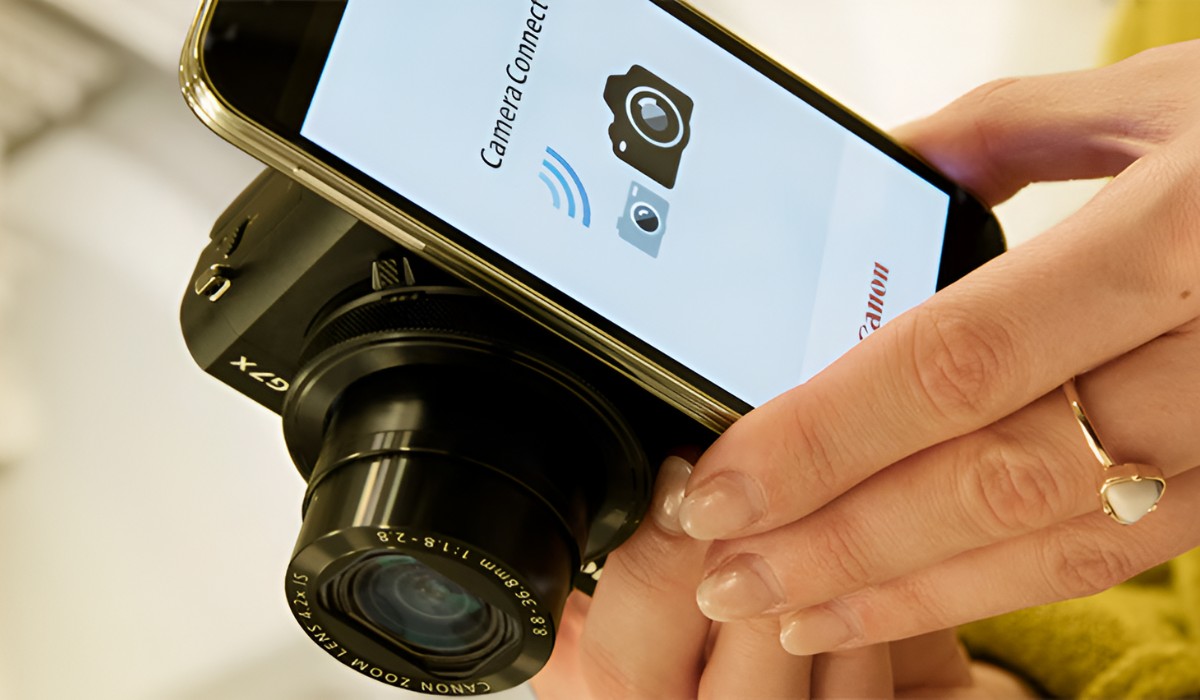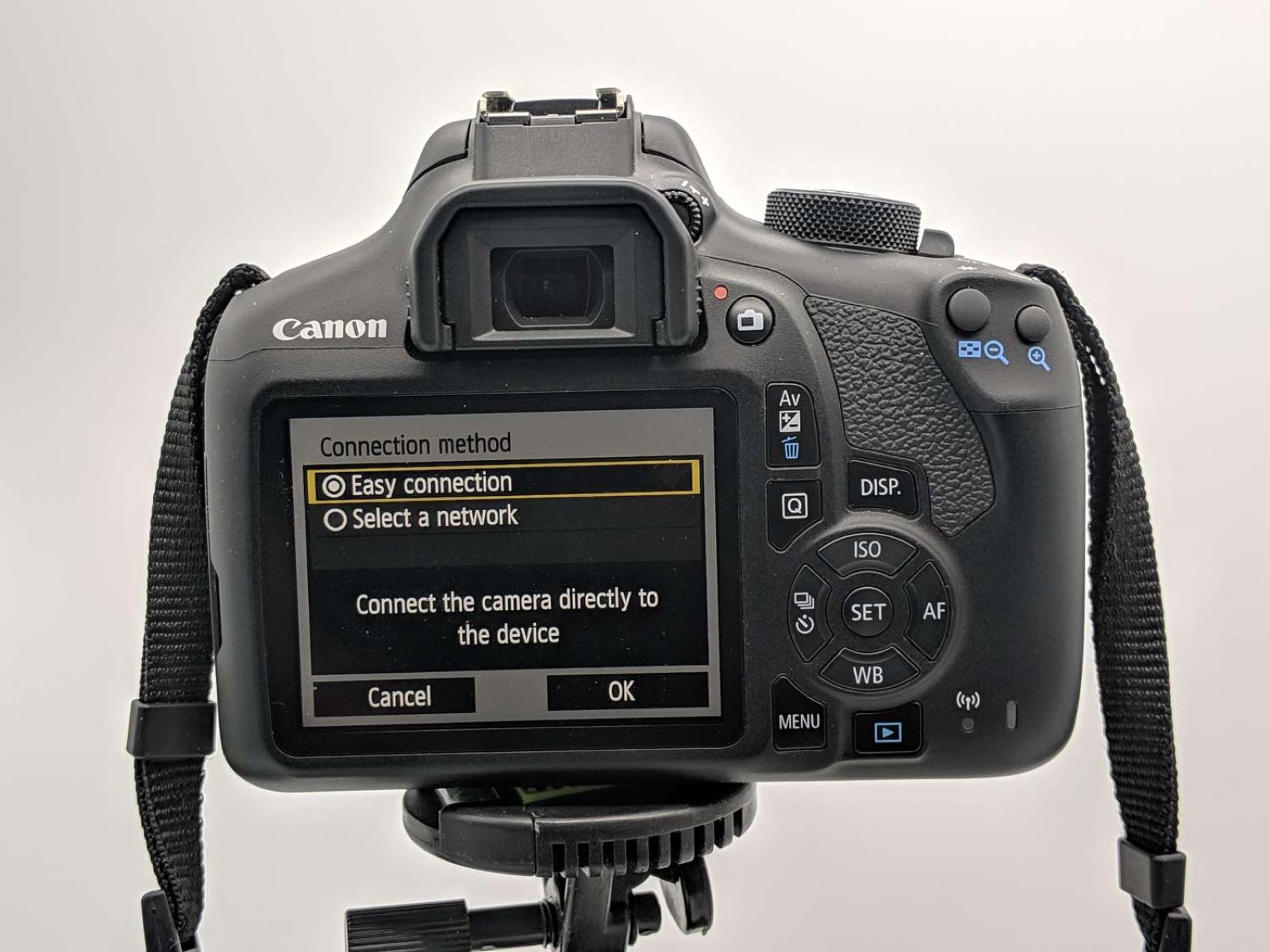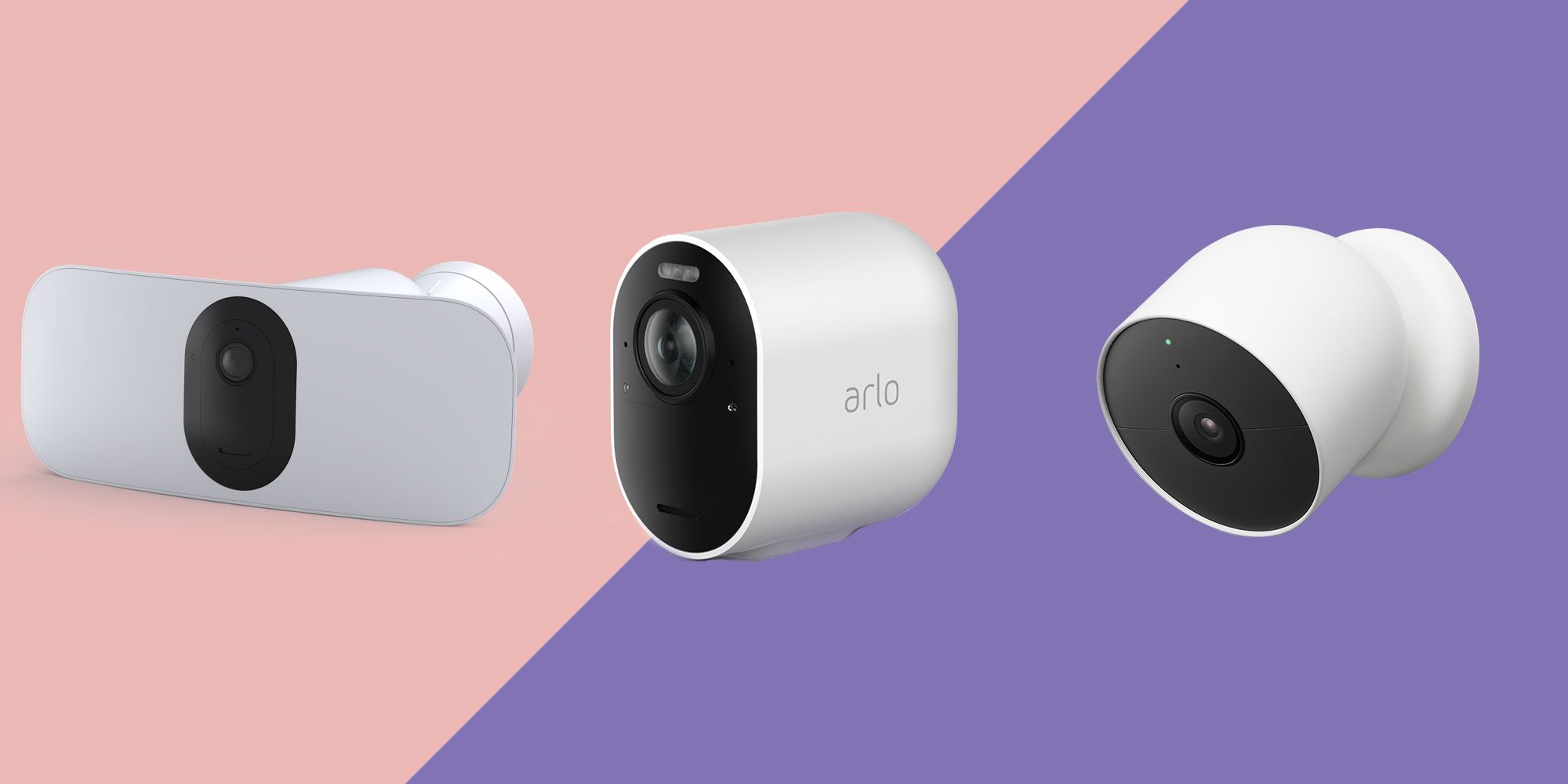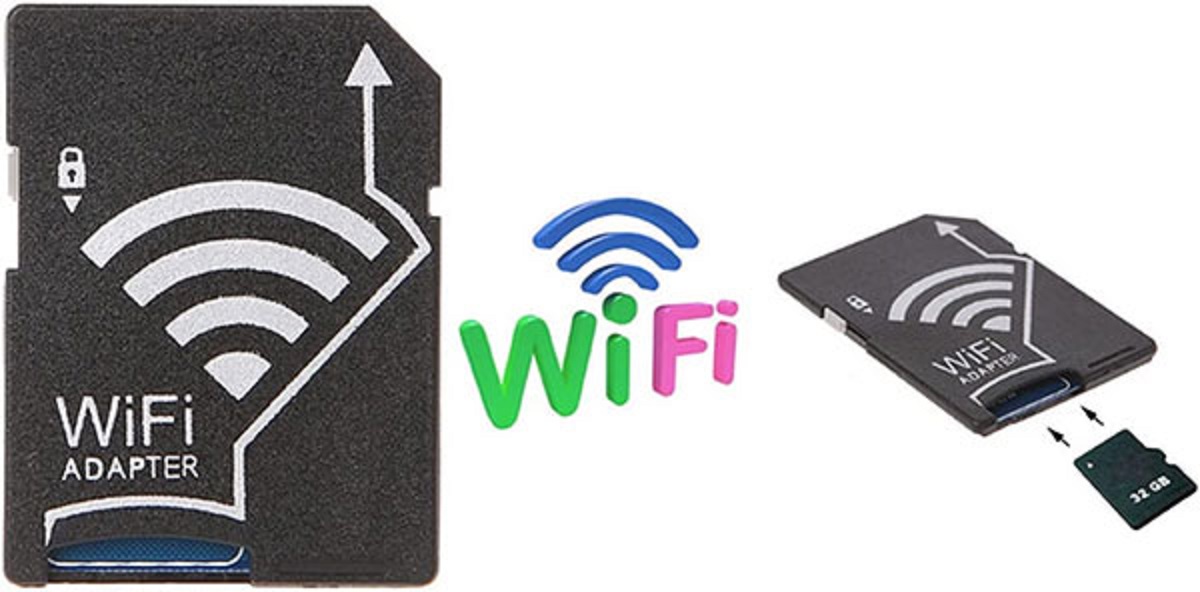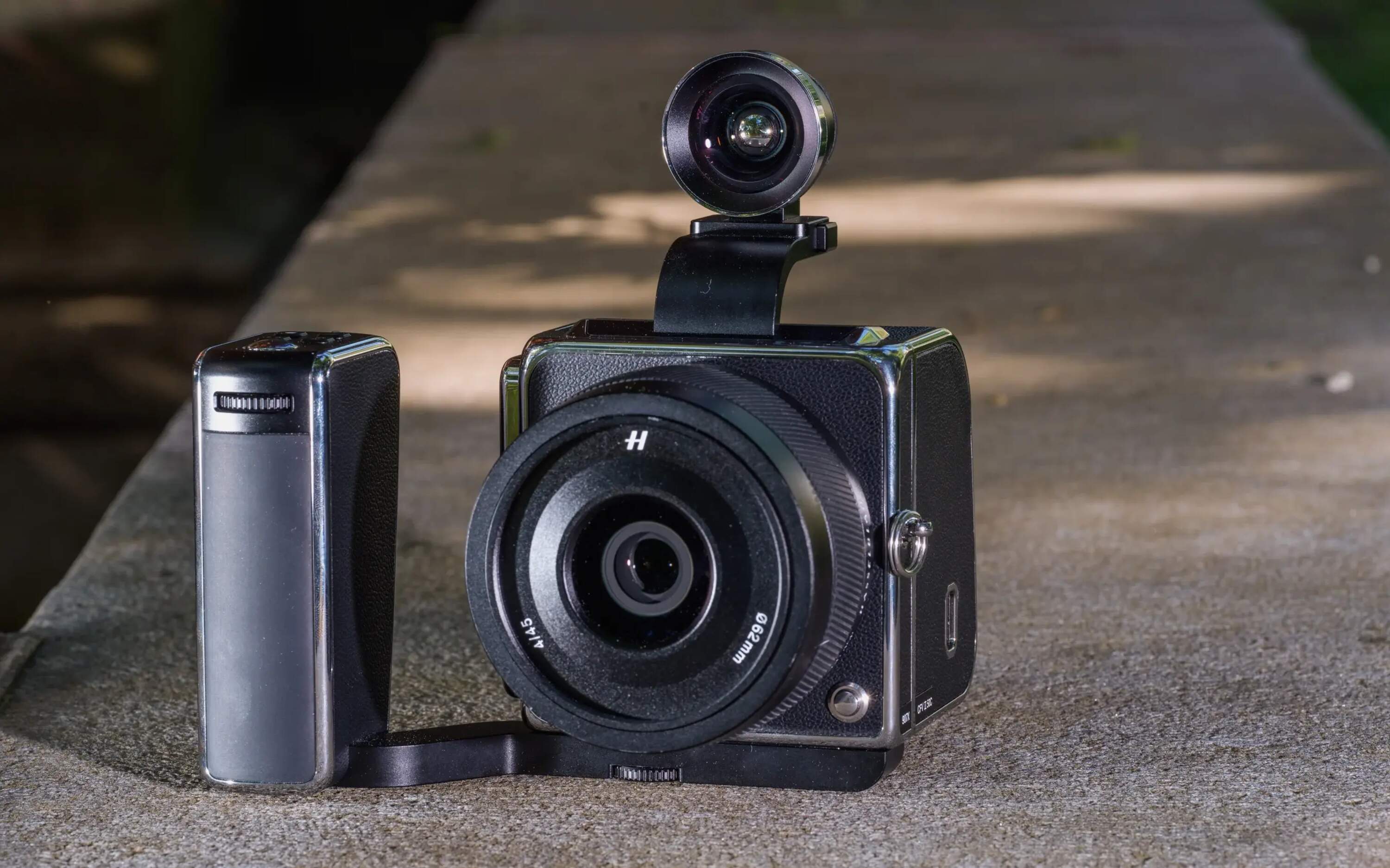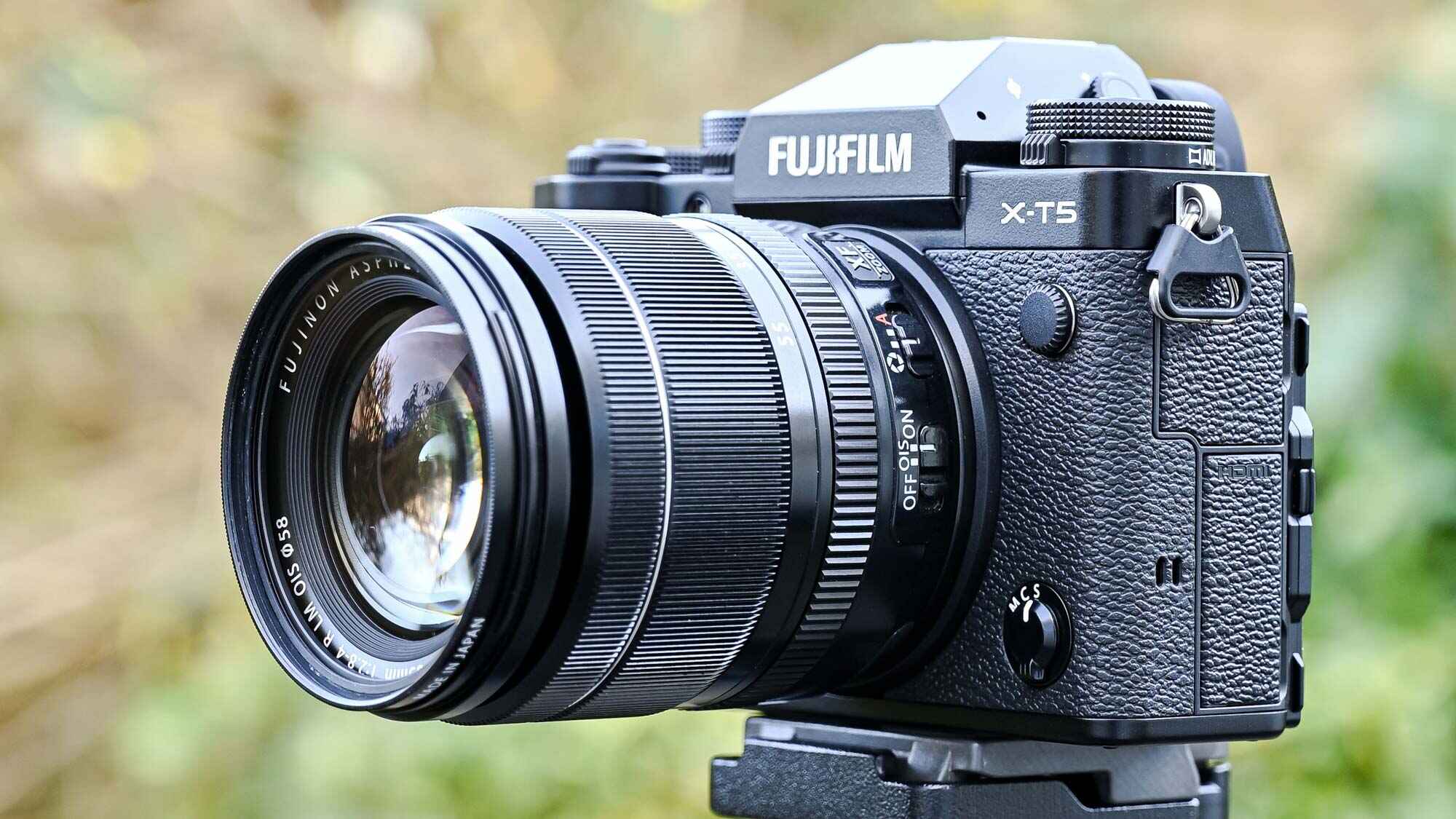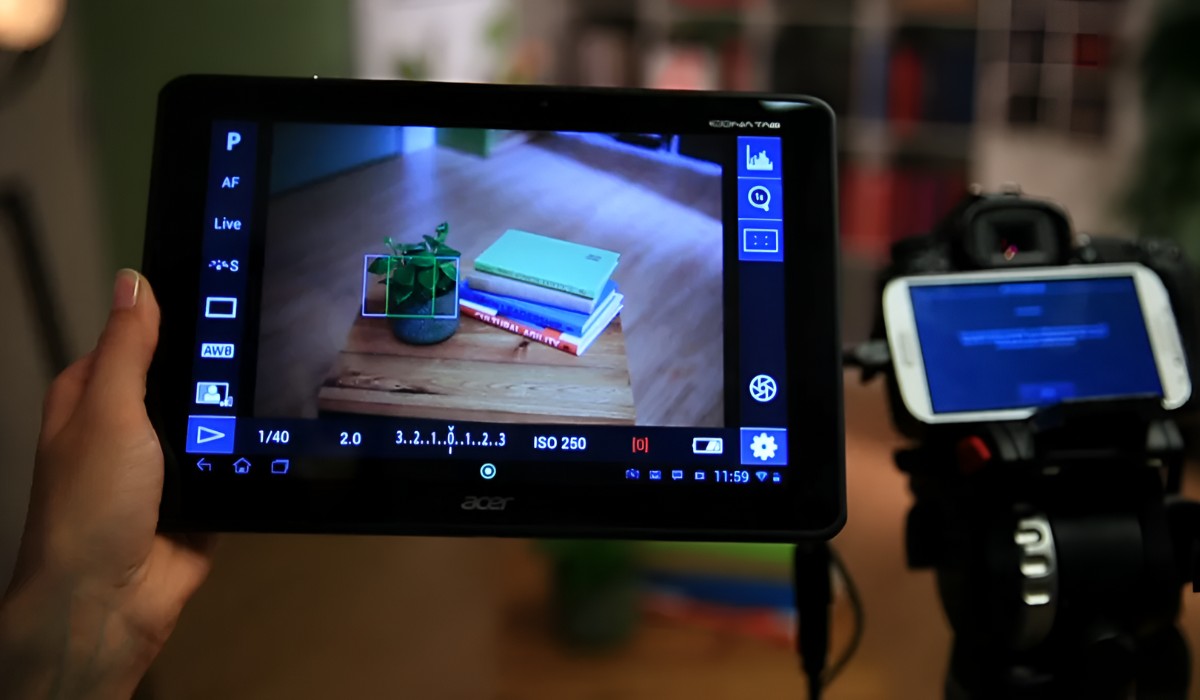Introduction
Introduction
WiFi connectivity has revolutionized the way photographers capture and manage their images. When integrated into a DSLR camera, WiFi offers a multitude of functionalities that enhance the overall photography experience. From remote shooting to firmware updates, WiFi on a DSLR camera extends the capabilities of traditional photography, providing convenience and flexibility to photographers of all levels. This article will delve into the various uses of WiFi on a DSLR camera, shedding light on its practical applications and benefits.
WiFi connectivity on a DSLR camera enables photographers to remotely control their camera settings and capture images from a distance. This feature is particularly valuable in scenarios where physical access to the camera is limited or when capturing images from unconventional angles. By connecting the DSLR camera to a smartphone or tablet via WiFi, photographers can utilize dedicated apps to adjust settings such as aperture, shutter speed, and ISO, as well as trigger the camera shutter remotely. This capability opens up a world of creative possibilities, allowing photographers to experiment with unique perspectives and compositions.
Another notable use of WiFi on a DSLR camera is the seamless transfer of images from the camera to a connected device. This functionality streamlines the workflow for photographers, enabling them to review and share images in real time. Whether in a studio setting or out in the field, the ability to wirelessly transfer images expedites the post-capture process, providing immediate access to the captured content. Furthermore, WiFi connectivity facilitates the sharing of images on social media platforms or with clients, enhancing the overall efficiency of the photography workflow.
Furthermore, WiFi connectivity on a DSLR camera extends beyond remote shooting and image transfer. It also enables photographers to exercise greater control over their camera settings and functions. Through dedicated apps or software, photographers can access advanced camera controls, such as focus adjustments, exposure bracketing, and white balance settings, all from the convenience of a connected device. This level of control empowers photographers to fine-tune their shooting parameters with precision, resulting in enhanced image quality and creative output.
Remote Shooting
One of the primary uses of WiFi on a DSLR camera is the facilitation of remote shooting. This feature empowers photographers to control their camera settings and capture images from a distance, offering unparalleled flexibility and creative opportunities. By leveraging WiFi connectivity, photographers can remotely connect their DSLR camera to a smartphone, tablet, or computer, providing a live view of the scene and enabling the adjustment of critical settings without physical access to the camera.
Remote shooting via WiFi is particularly valuable in various photography scenarios, including wildlife photography, astrophotography, and time-lapse photography, where accessing the camera directly may not be feasible or practical. Additionally, in studio setups, WiFi-enabled remote shooting allows photographers to maintain control over the camera while making adjustments or directing the subject, leading to a more efficient and productive photo shoot.
Furthermore, the ability to remotely trigger the camera shutter through a connected device opens up a realm of creative possibilities. Photographers can explore unconventional angles, capture elusive wildlife without disturbing their natural behavior, or experiment with self-portraiture and group shots with ease. This level of control and flexibility enhances the overall photography experience, enabling photographers to push the boundaries of their creativity.
Moreover, remote shooting via WiFi fosters collaboration and teamwork, as it allows photographers to share the live view of the scene with clients, art directors, or collaborators in real time. This real-time sharing of the captured images facilitates immediate feedback and adjustments, ensuring that the desired vision is effectively translated into the final photographs. Ultimately, remote shooting through WiFi empowers photographers with enhanced control, flexibility, and creative freedom, redefining the possibilities of DSLR photography.
Image Transfer
WiFi connectivity on a DSLR camera facilitates seamless image transfer, revolutionizing the way photographers manage and share their captured content. The ability to wirelessly transfer images from the camera to a connected device, such as a smartphone, tablet, or computer, streamlines the post-capture workflow, offering unparalleled convenience and efficiency.
Upon capturing images, photographers can swiftly transfer the files to their connected device, allowing for immediate review, selection, and sharing. This real-time transfer capability is particularly advantageous in fast-paced photography environments, such as events, photojournalism, or sports photography, where quick dissemination of images is paramount. Moreover, in studio settings, the instantaneous transfer of images enables photographers and clients to review the shots in real time, facilitating efficient decision-making and adjustments during the shoot.
Furthermore, WiFi-enabled image transfer empowers photographers to share their work on social media platforms or with clients and collaborators without delay. Whether on location or in a studio, the ability to swiftly transfer selected images to a smartphone for immediate editing and sharing enhances the photographer’s connectivity and responsiveness. This seamless sharing of content contributes to a more dynamic and engaging photography workflow, strengthening the photographer’s online presence and professional interactions.
Additionally, WiFi image transfer offers photographers the flexibility to back up their captured content directly to a connected device or cloud storage, providing an extra layer of data security and accessibility. This safeguarding of images ensures that valuable photographic content is protected and readily available for further processing or archival purposes.
In essence, the image transfer functionality enabled by WiFi on a DSLR camera not only expedites the post-capture workflow but also fosters enhanced connectivity, collaboration, and accessibility in the realm of photography. By seamlessly transferring images wirelessly, photographers can streamline their processes, engage with their audience in real time, and safeguard their visual content with ease.
Camera Control
WiFi connectivity on a DSLR camera extends beyond remote shooting and image transfer, offering photographers enhanced control over their camera settings and functions. Through dedicated apps or software, photographers can harness the power of WiFi to access advanced camera controls, adjust shooting parameters, and fine-tune their creative vision with precision.
By connecting their DSLR camera to a smartphone, tablet, or computer via WiFi, photographers can remotely access a wide array of camera settings, including aperture, shutter speed, ISO, and exposure compensation. This level of control is particularly valuable in situations where physical access to the camera is limited, such as when the camera is mounted in a challenging location or positioned for unconventional angles. Additionally, the ability to adjust settings remotely empowers photographers to respond swiftly to changing lighting conditions or unexpected photographic opportunities, ensuring that they can capture the perfect shot with ease.
Moreover, WiFi-enabled camera control facilitates the seamless adjustment of focus points and focus modes, allowing photographers to fine-tune their composition and achieve precise focus without physically interacting with the camera. This capability is especially beneficial in scenarios where the camera is positioned in challenging or inaccessible locations, such as aerial photography or remote wildlife observation, where precise focus control is essential for capturing compelling images.
Furthermore, WiFi connectivity on a DSLR camera enables photographers to remotely activate features such as exposure bracketing, time-lapse shooting, and intervalometer functions. This expanded control over the camera’s capabilities empowers photographers to explore a diverse range of creative techniques and photographic styles, from capturing stunning time-lapse sequences to executing complex exposure blending for high dynamic range (HDR) imagery.
Ultimately, the camera control functionality facilitated by WiFi connectivity on a DSLR camera empowers photographers with unprecedented flexibility, precision, and creative freedom. By remotely accessing and adjusting a myriad of camera settings and functions, photographers can elevate their craft, respond to dynamic shooting conditions, and capture their artistic vision with unparalleled control and finesse.
Firmware Updates
WiFi connectivity on a DSLR camera serves as a conduit for seamless firmware updates, ensuring that photographers can optimize their camera’s performance and access the latest features and enhancements. Firmware updates are vital for maintaining the functionality and compatibility of a DSLR camera, addressing potential issues, and incorporating new capabilities that enhance the overall shooting experience.
By leveraging WiFi connectivity, photographers can conveniently check for and download firmware updates directly from the camera or through a connected device, such as a smartphone or computer. This streamlined update process eliminates the need for physical connections or the use of external memory cards, simplifying the task of keeping the camera’s firmware up to date.
Moreover, firmware updates delivered via WiFi often introduce improvements to the camera’s autofocus performance, image processing algorithms, and overall operational efficiency. These enhancements can significantly impact the camera’s capabilities, resulting in improved image quality, faster response times, and expanded creative possibilities. Additionally, firmware updates may address compatibility issues with new accessories or lenses, ensuring that the camera remains versatile and adaptable to evolving photographic needs.
Furthermore, firmware updates facilitated by WiFi connectivity may introduce new features and shooting modes, providing photographers with expanded creative tools and functionality. Whether it’s the addition of advanced focusing options, enhanced video recording capabilities, or improved connectivity with external devices, firmware updates play a pivotal role in keeping the DSLR camera at the forefront of technological innovation.
Additionally, WiFi-enabled firmware updates contribute to the longevity of a DSLR camera, as they enable manufacturers to continually refine and enhance the camera’s performance and feature set. This ongoing support ensures that photographers can derive maximum value from their investment, as the camera evolves to meet the demands of modern photography and adapt to emerging trends and technologies.
In essence, the ability to perform firmware updates via WiFi empowers photographers to maintain the optimal performance and functionality of their DSLR cameras with ease. By embracing the latest firmware enhancements, photographers can elevate their creative potential, adapt to evolving industry standards, and continue to produce exceptional imagery with confidence and innovation.
Geotagging
WiFi connectivity on a DSLR camera facilitates geotagging, a valuable feature that enhances the organization, accessibility, and storytelling potential of photographic content. Geotagging involves embedding location data, such as GPS coordinates, into the metadata of captured images, providing valuable context regarding where the photos were taken. This functionality is particularly beneficial for photographers who wish to document and share their experiences, as well as for professionals who require precise location information for their work.
By harnessing WiFi connectivity, photographers can seamlessly integrate geotagging into their workflow, as the camera can automatically acquire GPS coordinates and embed them into the image files during capture. This automation eliminates the need for external GPS accessories or manual entry of location data, streamlining the geotagging process and ensuring accuracy and consistency across the captured images.
Geotagging offers photographers a myriad of benefits, including the ability to organize and categorize their images based on location. This functionality is particularly advantageous for travel photographers, landscape photographers, and documentary photographers, as it allows them to create visual narratives that are intricately linked to specific geographic locations. Additionally, geotagged images can be easily sorted and searched based on location, facilitating efficient content management and retrieval.
Moreover, geotagging via WiFi empowers photographers to visualize their photographic journeys and experiences on interactive maps, providing a compelling visual representation of their creative endeavors. This geographical context adds depth and richness to the photographic narrative, enabling viewers to immerse themselves in the locations where the images were captured and fostering a deeper connection to the visual storytelling.
Furthermore, geotagged images are invaluable for professionals who require precise location data for their work, such as photojournalists, environmental researchers, and urban planners. The embedded GPS coordinates provide a reliable record of where the images were taken, facilitating accurate documentation, analysis, and reporting of visual data.
In essence, the integration of geotagging through WiFi connectivity on a DSLR camera enriches the photographic experience, offering photographers enhanced organization, storytelling potential, and contextual relevance. By seamlessly embedding location data into image files, photographers can create compelling visual narratives, streamline content management, and provide valuable context for their creative endeavors with precision and efficiency.
Conclusion
WiFi connectivity has redefined the capabilities of DSLR cameras, offering photographers a versatile array of functionalities that enhance the overall photography experience. From remote shooting and image transfer to advanced camera control, firmware updates, and geotagging, WiFi-enabled DSLR cameras have revolutionized the way photographers capture, manage, and share their visual content.
Remote shooting via WiFi empowers photographers with unprecedented flexibility, allowing them to control their camera settings and capture images from a distance. This feature is invaluable in various photography scenarios, enabling the exploration of unique perspectives and compositions while streamlining the photographic process.
Furthermore, the seamless transfer of images facilitated by WiFi connectivity expedites the post-capture workflow, enabling photographers to review, share, and back up their content with ease. This real-time sharing capability enhances collaboration and connectivity, empowering photographers to engage with their audience and clients more effectively.
Moreover, WiFi-enabled camera control provides photographers with enhanced precision and creative freedom, allowing them to remotely adjust a myriad of camera settings and functions. This expanded control fosters adaptability and responsiveness, ensuring that photographers can capture their artistic vision with unparalleled finesse.
Additionally, the ability to perform firmware updates via WiFi ensures that DSLR cameras remain at the forefront of technological innovation, offering improved performance, new features, and enhanced compatibility. This ongoing support contributes to the longevity and relevance of DSLR cameras in the ever-evolving landscape of photography.
Geotagging, made possible by WiFi connectivity, adds depth and context to photographic content, enabling photographers to document and share their experiences with precision. This feature enhances the organization, accessibility, and storytelling potential of visual narratives, providing valuable geographical context to the captured images.
In essence, WiFi on DSLR cameras has transcended traditional photography boundaries, empowering photographers with a suite of capabilities that streamline workflow, enhance creativity, and foster connectivity. As technology continues to evolve, WiFi connectivity will undoubtedly play a pivotal role in shaping the future of DSLR photography, offering photographers new avenues for creative expression and professional growth.







